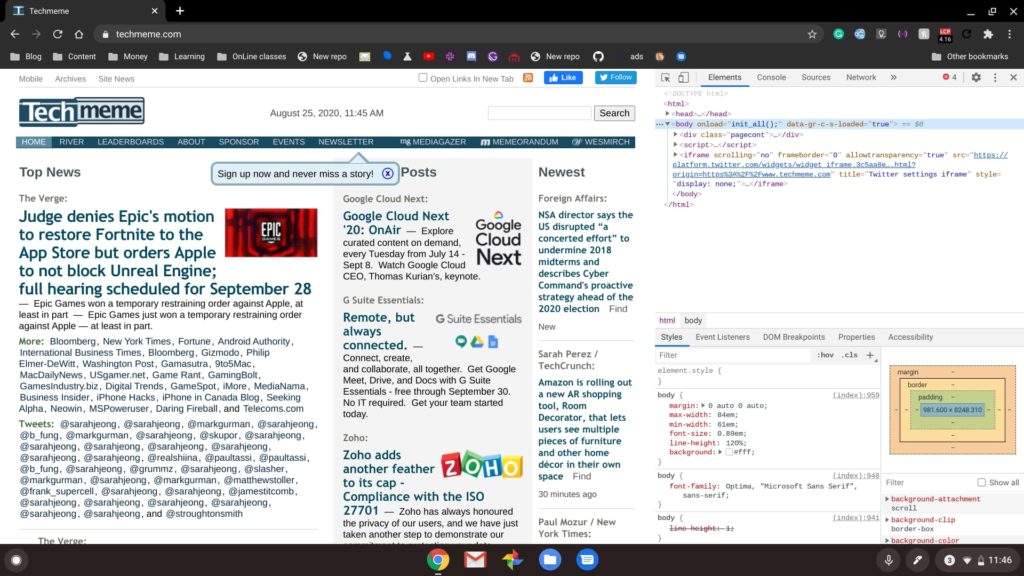

Here the superpopulation is "everybody in the country, given access to this treatment" – a group which does not yet exist, since the program isn't yet available to all. For example, a researcher might study the success rate of a new 'quit smoking' program on a test group of 100 patients, in order to predict the effects of the program if it were made available nationwide. In such cases, sampling theory may treat the observed population as a sample from a larger 'superpopulation'. This situation often arises when seeking knowledge about the cause system of which the observed population is an outcome. Similar considerations arise when taking repeated measurements of some physical characteristic such as the electrical conductivity of copper.

the probability distribution of its results over infinitely many trials), while his 'sample' was formed from observed results from that wheel. In this case, the 'population' Jagger wanted to investigate was the overall behaviour of the wheel (i.e. For example, Joseph Jagger studied the behaviour of roulette wheels at a casino in Monte Carlo, and used this to identify a biased wheel. In other cases, the examined 'population' may be even less tangible. For the time dimension, the focus may be on periods or discrete occasions. For instance, an investigation of supermarket staffing could examine checkout line length at various times, or a study on endangered penguins might aim to understand their usage of various hunting grounds over time. In this case, the batch is the population.Īlthough the population of interest often consists of physical objects, sometimes it is necessary to sample over time, space, or some combination of these dimensions. For example, a manufacturer needs to decide whether a batch of material from production is of high enough quality to be released to the customer, or should be sentenced for scrap or rework due to poor quality. Sometimes what defines a population is obvious. Because there is very rarely enough time or money to gather information from everyone or everything in a population, the goal becomes finding a representative sample (or subset) of that population. A population can be defined as including all people or items with the characteristic one wishes to understand. In sampling, this includes defining the " population" from which our sample is drawn. Successful statistical practice is based on focused problem definition.

In business and medical research, sampling is widely used for gathering information about a population. Results from probability theory and statistical theory are employed to guide the practice. In survey sampling, weights can be applied to the data to adjust for the sample design, particularly in stratified sampling. Sampling has lower costs and faster data collection than measuring the entire population and can provide insights in cases where it is infeasible to measure an entire population.Įach observation measures one or more properties (such as weight, location, colour) of independent objects or individuals. Statisticians attempt to collect samples that are representative of the population in question. In statistics, quality assurance, and survey methodology, sampling is the selection of a subset (a statistical sample) of individuals from within a statistical population to estimate characteristics of the whole population.

A visual representation of the sampling process


 0 kommentar(er)
0 kommentar(er)
